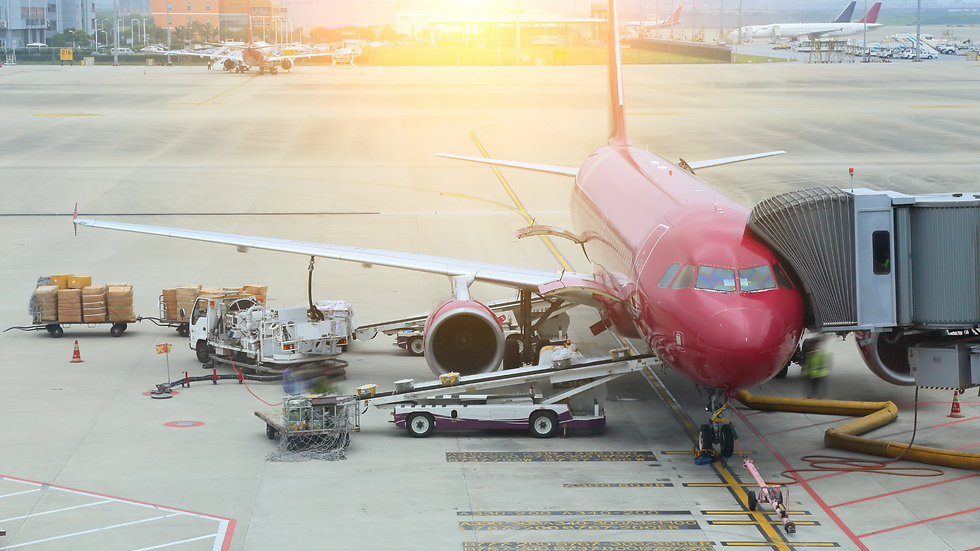AAPA-Passenger and Cargo Demand Continue to Grow
- Shreya Majumder
- Apr 4
- 2 min read

Preliminary February 2025 traffic figures released by the Association of Asia Pacific Airlines (AAPA) indicate continued growth in international passenger and cargo markets, driven by positive business and consumer demand across the region.
A total of 30.8 million international passengers travelled with the region’s carriers in February, marking a 5.9% increase compared with the same month last year, bolstered by the Lunar New Year holiday period. In revenue passenger kilometre (RPK) terms, demand grew by 9.2% year-on-year, reflecting strength in long-haul markets. With an 8.6% increase in available seat capacity, the average international passenger load factor rose by 0.4 percentage points to 82.2% for the month.
Meanwhile, international air cargo demand, measured in freight tonne kilometres (FTK), experienced a more modest 2.8% year-on-year growth in February, as export activity slowed across major manufacturing hubs, particularly China, during the festive season. Freight capacity expanded by 6.0%, outpacing demand growth and resulting in a 1.7 percentage point decline in the average international freight load factor to 56.5%.

Commenting on the results, AAPA Director General Subhas Menon stated, “In the first two months of the year, combined international passenger traffic for the region’s carriers rose by a robust 13%, reaching a total of 66 million passengers. During the same period, international air cargo demand increased by 4% year-on-year, supported by higher demand for consumer and intermediate goods.”
Looking ahead, Menon added, “Overall, airlines are expected to continue benefiting from sustained travel demand and growth in air shipments due to ongoing expansion in e-commerce activity. However, the region’s carriers are facing headwinds, particularly as rising costs driven partly by fleet capacity constraints continue to exert pressure on revenue. Additionally, the recent rise in protectionist sentiment presents potential challenges to trade and broader business activity. In response, Asian airlines are adopting a cautious stance, closely monitoring evolving operating conditions while actively exploring opportunities in high-growth markets.”
The aviation industry remains a key driver of economic growth, facilitating global connectivity and trade. While rising operational costs and shifting regulatory landscapes persist, the sector’s ability to adapt and innovate will be critical in maintaining its upward trajectory. Airlines must balance capacity expansion with financial sustainability while leveraging technological advancements to enhance efficiency and service quality. Moving forward, collaboration between industry stakeholders, regulatory bodies, and governments will play a crucial role in ensuring the long-term resilience of the aviation sector.









